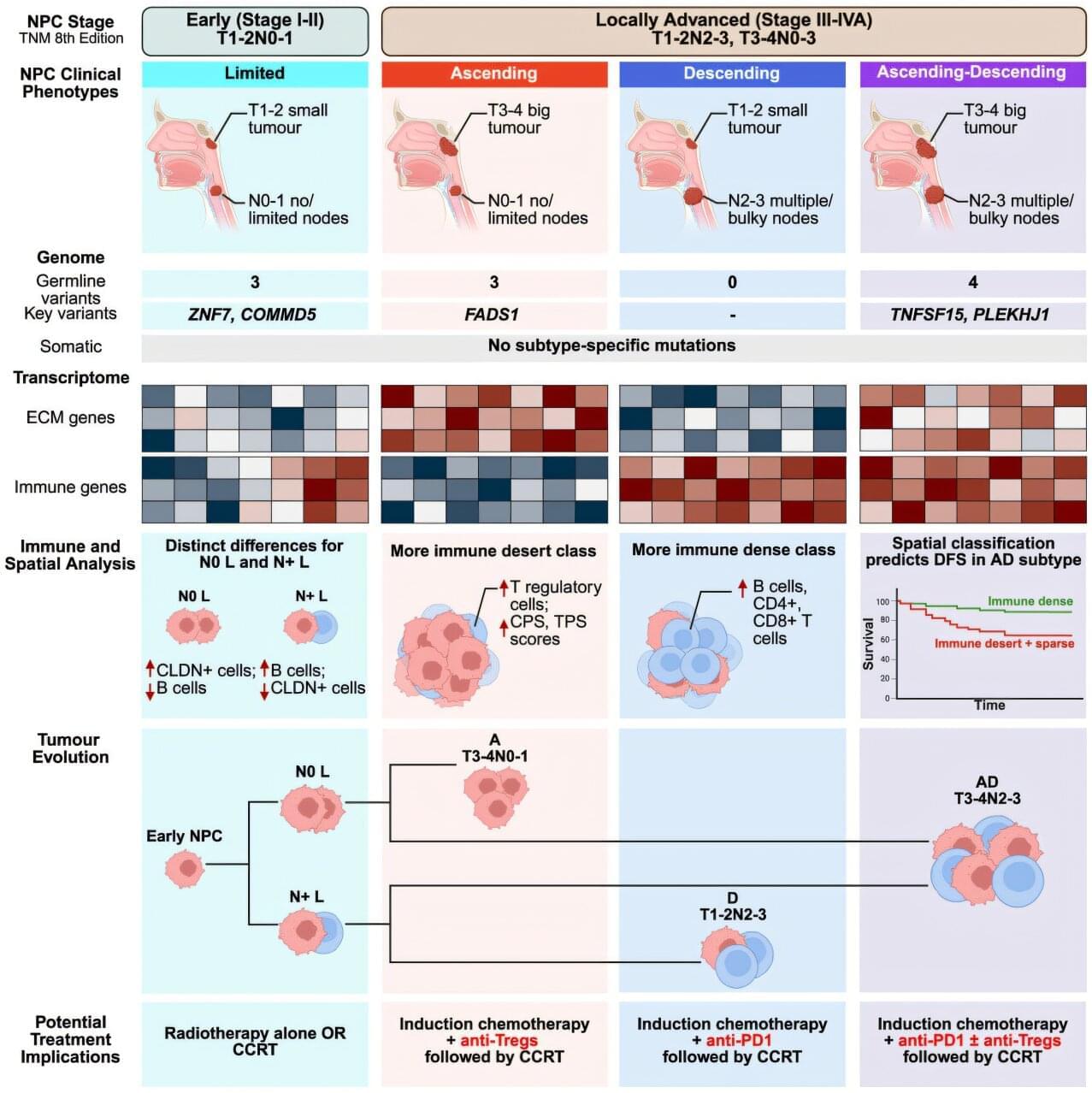Scientists have developed a device intended to detect disease markers in human breath, which could someday offer a potential alternative to blood, urine or saliva tests.



Preparation for the first EXPLORE analog mission planned for June is running on schedule in Austria.
Enthusiasm for our EXPLORE project is contagious, as students and staff at the Amadeus International School in Vienna, Austria will be happy to tell you!
This month teachers in selected schools in Austria, Greece and Portugal received EXPLORE’s physical mission toolkits.

FDA-Approved Pulse Alert & Cryonics Emergency System EventUnlock the next level of biostasis monitoring and cryonics preparedness! Join us for this exclusive…

In a new study, researchers demonstrate long-term, non-invasive monitoring of blood sodium levels using a system that combines optoacoustic detection with terahertz spectroscopy. The paper is published in the journal Optica.
Accurate measurement of blood sodium is essential for diagnosing and managing conditions such as dehydration, kidney disease and certain neurological and endocrine disorders.
Terahertz radiation, which falls between microwaves and the mid-infrared region of the electromagnetic spectrum, is ideal for biological applications because it is low-energy and non-harmful to tissues, scatters less than near-infrared and visible light and is sensitive to structural and functional biological changes.




A study led by clinician-scientists and researchers at the National Cancer Centre Singapore (NCCS) has found that the tumor immune microenvironment (TIME) plays a critical role in the progression of nasopharyngeal carcinoma (NPC) commonly known as nose cancer. These insights are paving the way for precision oncology approaches, some of which are currently used in clinical trials at NCCS. The findings are published in Cell Reports Medicine.
NPC is a type of head and neck cancer that originates in the nasopharynx—the passageway behind the nose. It is prevalent in Southeast Asia, Southern China and North Africa and occurs more frequently in men. In Singapore, NPC is the 10th leading cause of cancer death in men and is the third most common cancer in men aged 30 to 49.
Due to the anatomy of the nasopharynx, NPC often spreads insidiously and is typically diagnosed at a locoregionally advanced stage, where cancer has spread within the head but not to distant parts of the body.

Imagine a future in which people with disabilities can walk on their own, thanks to robotic legs. A new project from Northern Arizona University is accelerating that future with an open-source robotic exoskeleton.
Right now, developing these complex electromechanical systems is expensive and time-consuming, which likely stops a lot of research before it ever starts. But that may soon change: Years of research from NAU associate professor Zach Lerner’s Biomechatronics Lab has led to the first comprehensive open-source exoskeleton framework, made freely available to anyone worldwide. It will help overcome several huge obstacles for potential exoskeleton developers and researchers.
An effective exoskeleton must be biomechanically beneficial to the person wearing it, which means that developing them requires extensive trial, error and adaptation to specific use cases.